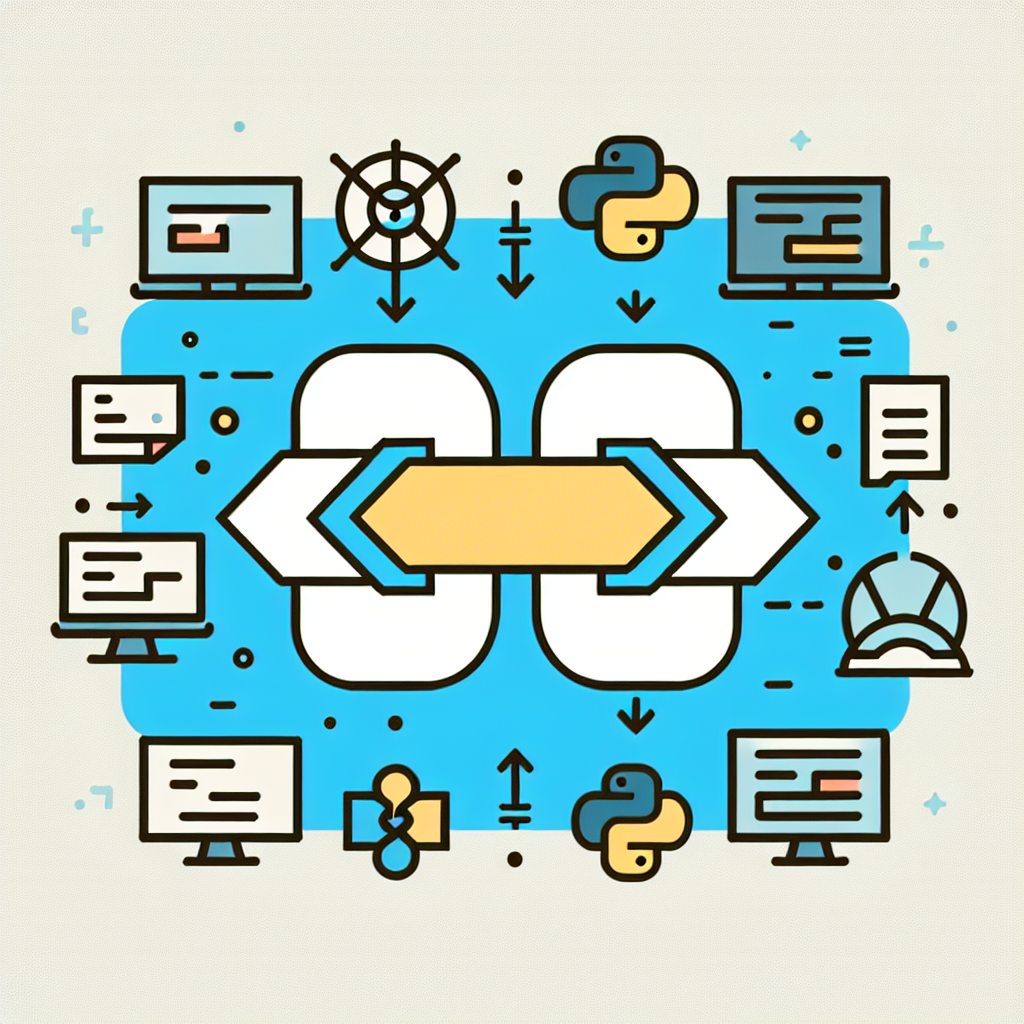Convert Perl to Python Effortlessly: Try Our Free Tool
Effortlessly convert Perl to Python with our intuitive tool. Boost productivity with seamless syntax translation. Perfect for developers transitioning code.
Source Code
Converted Code
Output will appear here...
The Perl to Python conversion tool simplifies the process of translating Perl scripts into Python code, enhancing code readability and maintainability. Ideal for developers transitioning to Python, this tool accelerates code migration, minimizes errors, and supports modern programming practices. Boost your coding efficiency with seamless Perl to Python transformations, ensuring compatibility with contemporary software ecosystems.

Convert Perl to Python Effortlessly Link to this section #
Transitioning code from Perl to Python can be streamlined using the right tools and techniques. Our 'Perl to Python' converter assists in transforming Perl scripts into Python code, facilitating a smoother migration and enhancing code maintainability.
Why Convert Perl to Python? Link to this section #
- Readability: Python's syntax is clean and easy to understand, improving code readability.
- Community Support: Python boasts a vast community, providing abundant resources and libraries.
- Versatility: Python is suitable for web development, data science, AI, and more.
Key Features Link to this section #
- Automatic Syntax Conversion: Seamlessly translate Perl syntax into Python with ease.
- Error Detection: Identify and correct common errors during the conversion process.
- Code Optimization Suggestions: Receive recommendations for optimizing Python code.
Example Conversion Link to this section #
Perl Code:
#!/usr/bin/perl
use strict;
use warnings;
my $greeting = "Hello, World!";
print "$greeting\n";
Converted Python Code:
#!/usr/bin/python3
greeting = "Hello, World!"
print(greeting)
How It Works Link to this section #
- Step 1: Paste your Perl code into the converter.
- Step 2: Click 'Convert' to process the translation.
- Step 3: Review the Python output and make necessary adjustments.
Additional Resources Link to this section #
By utilizing this tool, developers can efficiently convert Perl scripts to Python, leveraging Python's robust features for modern application development.
Related Keywords Link to this section #
- Script translation
- Code migration
- Syntax transformation
Explore the possibilities of Python and enhance your coding projects with our 'Perl to Python' conversion tool.
Frequently Asked Questions
What are the main differences between Perl and Python?
Perl is traditionally used for text manipulation and report generation, known for its flexibility and powerful regular expressions. Python is known for its readability and simplicity, making it popular for a wide range of applications, including web development, data analysis, and automation. Python has a more consistent syntax, which is often considered easier for beginners to learn.
How can I convert a Perl script to Python?
To convert a Perl script to Python, you'll need to manually rewrite the code. Start by understanding the logic and structure of the Perl script. Map Perl's regular expressions and data structures (like hashes and arrays) to Python's equivalents. Libraries like 're' for regular expressions and 'collections' for advanced data structures in Python can be useful. Testing each section as you rewrite it will help ensure functionality is retained.
Are there tools available to assist in converting Perl code to Python?
While there are no fully automated tools that can perfectly convert Perl code to Python, some utilities may assist in the process. Tools like 'P2P' (Perl to Python) provide some level of automated conversion but usually require significant manual adjustments afterwards. It's important to thoroughly test the converted code to ensure it behaves as expected.